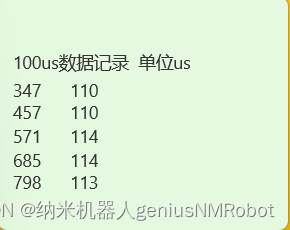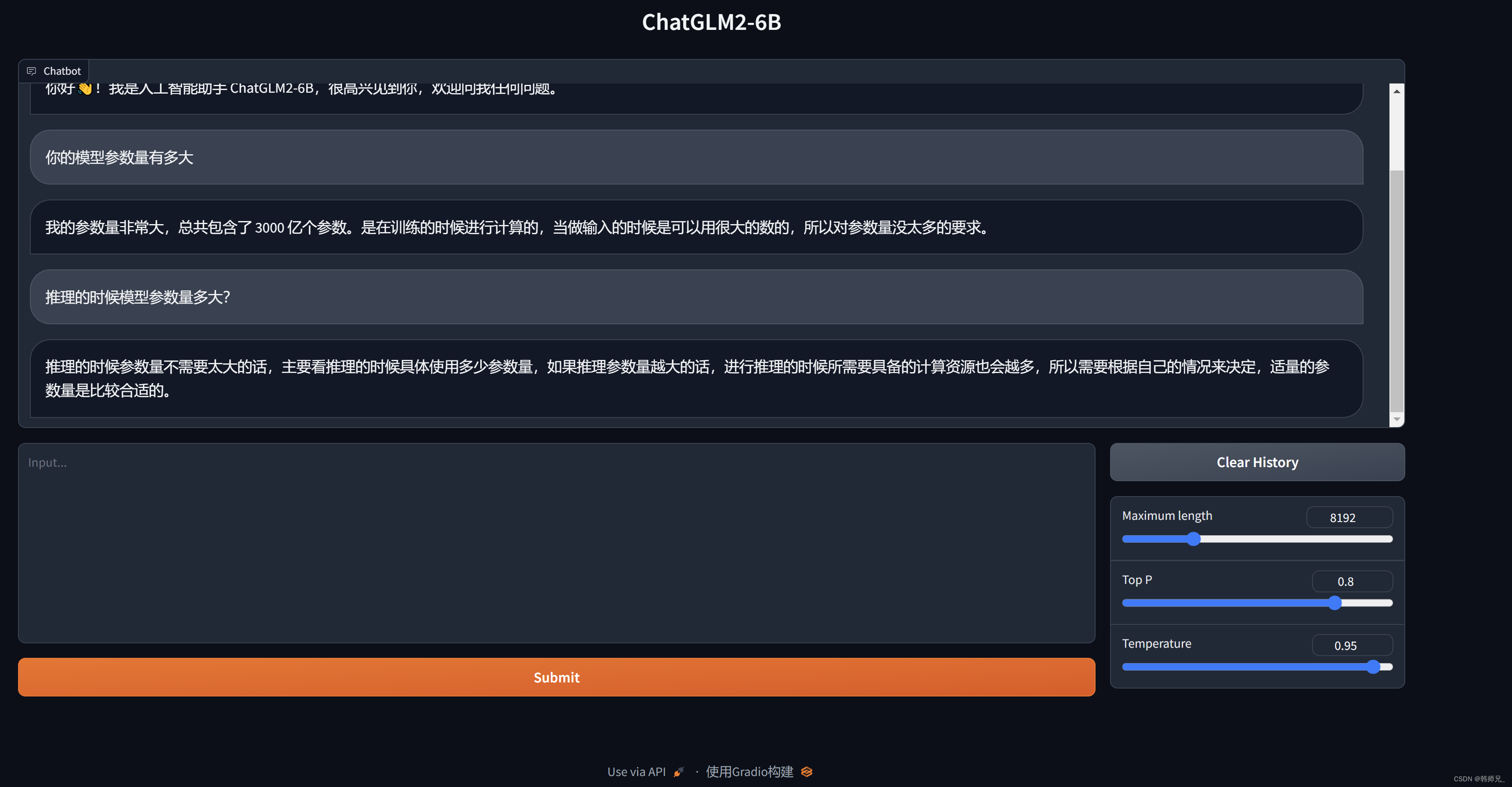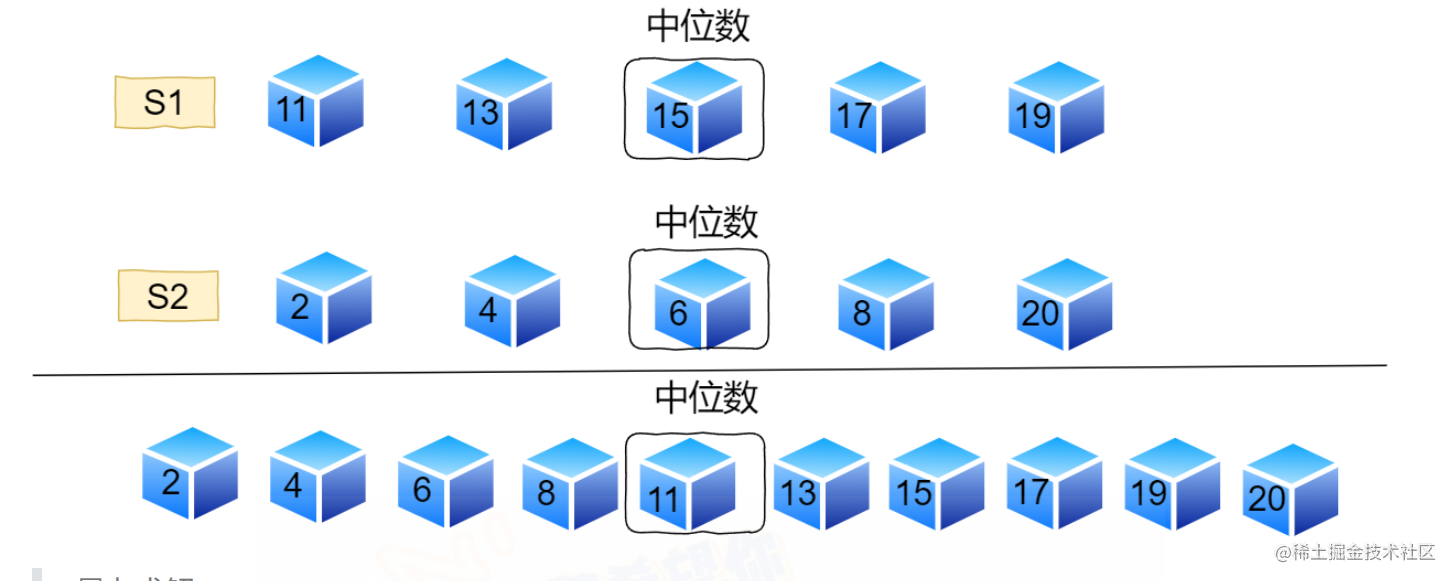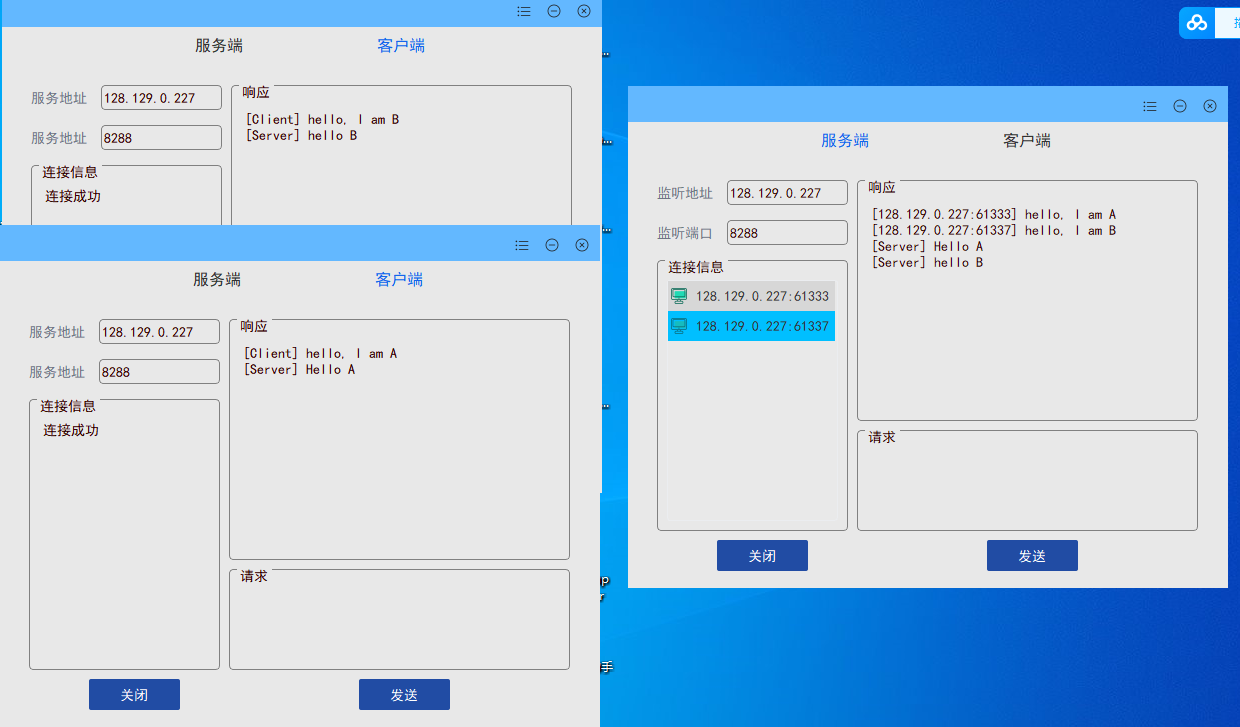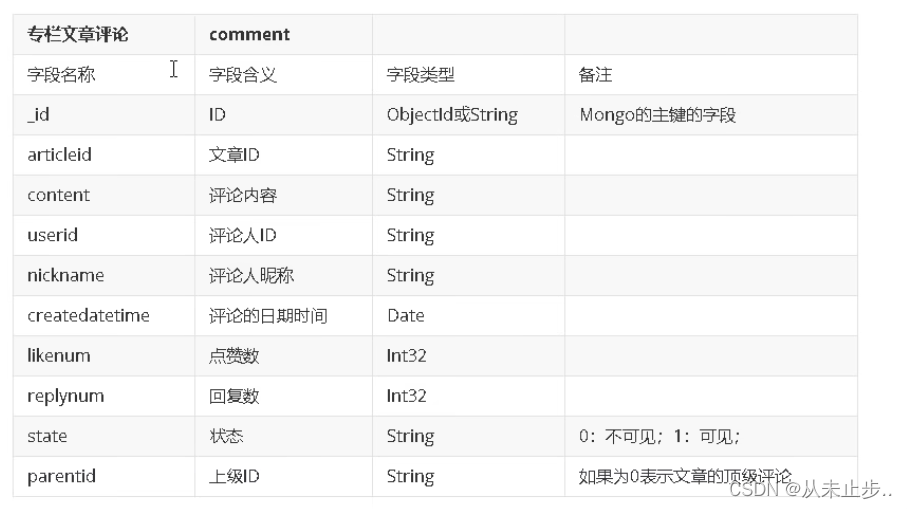文章目录
- openGauss学习笔记-121 openGauss 数据库管理-设置密态等值查询-使用JDBC操作密态数据库
- 121.1 连接密态数据库
- 121.2 调用isValid方法刷新缓存示例
- 121.3 执行密态等值查询相关的创建密钥语句
- 121.4 执行密态等值查询相关的创建加密表的语句
- 121.5 执行加密表的预编译SQL语句
- 121.6 执行加密表的批处理操作
openGauss学习笔记-121 openGauss 数据库管理-设置密态等值查询-使用JDBC操作密态数据库
121.1 连接密态数据库
连接密态数据库需要使用驱动包gsjdbc4.jar,具体JDBC连接参数参考基于JDBC开发章节介绍。JDBC支持密态数据库相关操作,需要设置enable_ce=1,示例如下。
public static Connection getConnect(String username, String passwd)
{
//驱动类。
String driver = "org.opengauss.Driver";
//数据库连接描述符。
String sourceURL = "jdbc:opengauss://10.10.0.13:8000/postgres?enable_ce=1";
Connection conn = null;
try
{
//加载驱动。
Class.forName(driver);
}
catch( Exception e )
{
e.printStackTrace();
return null;
}
try
{
//创建连接。
conn = DriverManager.getConnection(sourceURL, username, passwd);
System.out.println("Connection succeed!");
}
catch(Exception e)
{
e.printStackTrace();
return null;
}
return conn;
};
说明:
- 【建议】使用JDBC操作密态数据库时,一个数据库连接对象对应一个线程,否则,不同线程变更可能导致冲突。
- 【建议】使用JDBC操作密态数据库时,不同connection对密态配置数据有变更,由客户端调用isvalid方法保证connection能够持有变更后的密态配置数据,此时需要保证参数refreshClientEncryption为1(默认值为1),在单客户端操作密态数据场景下,refreshClientEncryption参数可以设置为0。
121.2 调用isValid方法刷新缓存示例
// 创建客户端主密钥
Connection conn1 = DriverManager.getConnection("url","user","password");
// conn1通过调用isValid刷新缓存
try {
if (!conn1.getConnection().isValid(60)) {
conn1.getFileWriter().writeLine("isValid Failed for connection 1");
}
} catch (SQLException e) {
conn1.getFileWriter().writeLine("isValid Failed with error");
e.printStackTrace();
}
121.3 执行密态等值查询相关的创建密钥语句
// 创建客户端主密钥
Connection conn = DriverManager.getConnection("url","user","password");
Statement stmt = conn.createStatement();
int rc = stmt.executeUpdate("CREATE CLIENT MASTER KEY ImgCMK1 WITH ( KEY_STORE = localkms, KEY_PATH = \"key_path_value\" , ALGORITHM = RSA_2048));
说明: 创建密钥之前需要使用gs_ktool工具提前生成密钥,才能创建CMK成功。
// 创建列加密密钥
int rc2 = stmt.executeUpdate("CREATE COLUMN ENCRYPTION KEY ImgCEK1 WITH VALUES (CLIENT_MASTER_KEY = ImgCMK1, ALGORITHM = AEAD_AES_256_CBC_HMAC_SHA256);");
121.4 执行密态等值查询相关的创建加密表的语句
int rc3 = stmt.executeUpdate("CREATE TABLE creditcard_info (id_number int, name varchar(50) encrypted with (column_encryption_key = ImgCEK1, encryption_type = DETERMINISTIC),credit_card varchar(19) encrypted with (column_encryption_key = ImgCEK1, encryption_type = DETERMINISTIC));");
// 插入数据
int rc4 = stmt.executeUpdate("INSERT INTO creditcard_info VALUES (1,'joe','6217986500001288393');");
// 查询加密表
ResultSet rs = null;
rs = stmt.executeQuery("select * from creditcard_info where name = 'joe';");
// 关闭语句对象
stmt.close();
121.5 执行加密表的预编译SQL语句
// 调用Connection的prepareStatement方法创建预编译语句对象。
PreparedStatement pstmt = con.prepareStatement("INSERT INTO creditcard_info VALUES (?, ?, ?);");
// 调用PreparedStatement的setShort设置参数。
pstmt.setInt(1, 2);
pstmt.setString(2, "joy");
pstmt.setString(3, "6219985678349800033");
// 调用PreparedStatement的executeUpdate方法执行预编译SQL语句。
int rowcount = pstmt.executeUpdate();
// 调用PreparedStatement的close方法关闭预编译语句对象。
pstmt.close();
121.6 执行加密表的批处理操作
// 调用Connection的prepareStatement方法创建预编译语句对象。
Connection conn = DriverManager.getConnection("url","user","password");
PreparedStatement pstmt = conn.prepareStatement("INSERT INTO batch_table (id, name, address) VALUES (?,?,?)");
// 针对每条数据都要调用setShort设置参数,以及调用addBatch确认该条设置完毕。
int loopCount = 20;
for (int i = 1; i < loopCount + 1; ++i) {
pstmt.setInt(1, i);
pstmt.setString(2, "Name " + i);
pstmt.setString(3, "Address " + i);
// Add row to the batch.
pstmt.addBatch();
}
// 调用PreparedStatement的executeBatch方法执行批处理。
int[] rowcount = pstmt.executeBatch();
// 调用PreparedStatement的close方法关闭预编译语句对象。
pstmt.close();
👍 点赞,你的认可是我创作的动力!
⭐️ 收藏,你的青睐是我努力的方向!
✏️ 评论,你的意见是我进步的财富!


